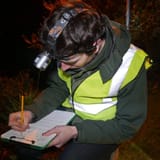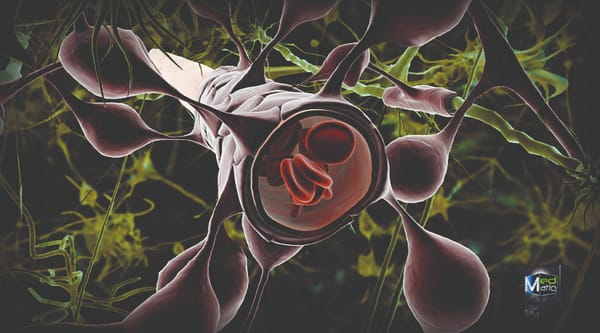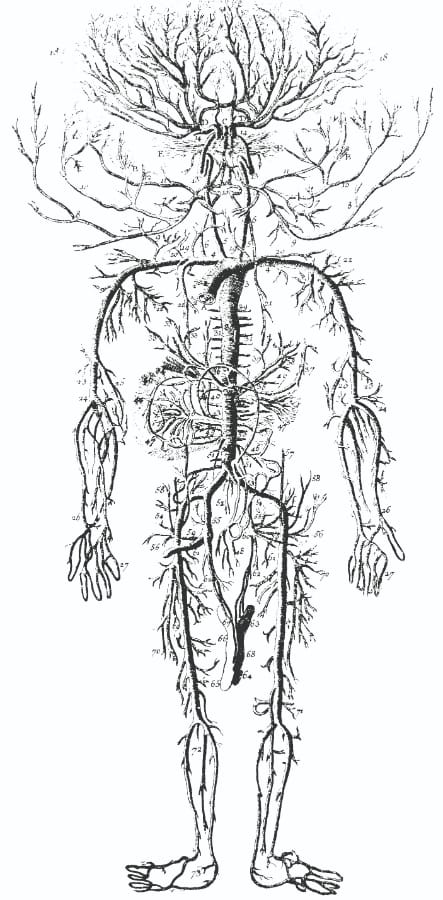Connect with conservation – photographing extinction
Our resident conservation columnist has a look at a project to photograph all animals currently in captivity.

Looking forward to the future of species conservation, the depressing and sobering truth is that some species may not be around for future generations to enjoy. The only evidence of their existence will be media, and written reports or books documenting their ecology and distribution. How will future generations know what some of the more obscure endangered species looked like, such as insects and other less charismatic animals? The chances are that photos taken by both amateurs and professionals will stand the test of time.
One gentleman, Joel Satore, has made it his life’s mission to photograph the approximately 12,000 species of animals currently residing in zoos, aquariums, and rescue centres. In 2005, Joel started the ‘Photo Ark’ in an attempt to capture portraits of all of these species in to raise awareness of their plight. Each species is photographed against a black or white background in order to ensure that each portrait is comparable. The stark contrast draws attention to the eyes of the subject, therefore connecting the observer with that particular species. As of the time of writing, a total of 7,521 species have already been photographed and become part of the growing Photo Ark! Joel estimates that it will take him an additional 15 years to finish photographing the remaining ~4,500 species. Joel’s goal is simple- to try and show the world of biodiversity in a new light, and attempt to get everyone to care about the species currently facing extinction, whilst there is still time to act.
This project has recently joined in a partnership with National Geographic in order to help raise awareness and funds to aid Joel’s mission. The fortunes of some species since the start of the project have changed for the worse. One of these is a species of frog which became extinct in September 2016, when the last known individual of the Rabb’s fringed-limbed tree frog, nicknamed ‘Toughie,’ passed away. The species suffered heavy declines in Panama due to disease; the last known individuals were taken into captivity to establish a captive breeding program.
Unfortunately, this failed with the last female dying in 2009, meaning the species was functionally extinct until Toughie’s death. Hopefully the other species on the Photo Ark will gain the awareness, funding and the protection they need in order to recover and remain in the wild for future generations to enjoy.










